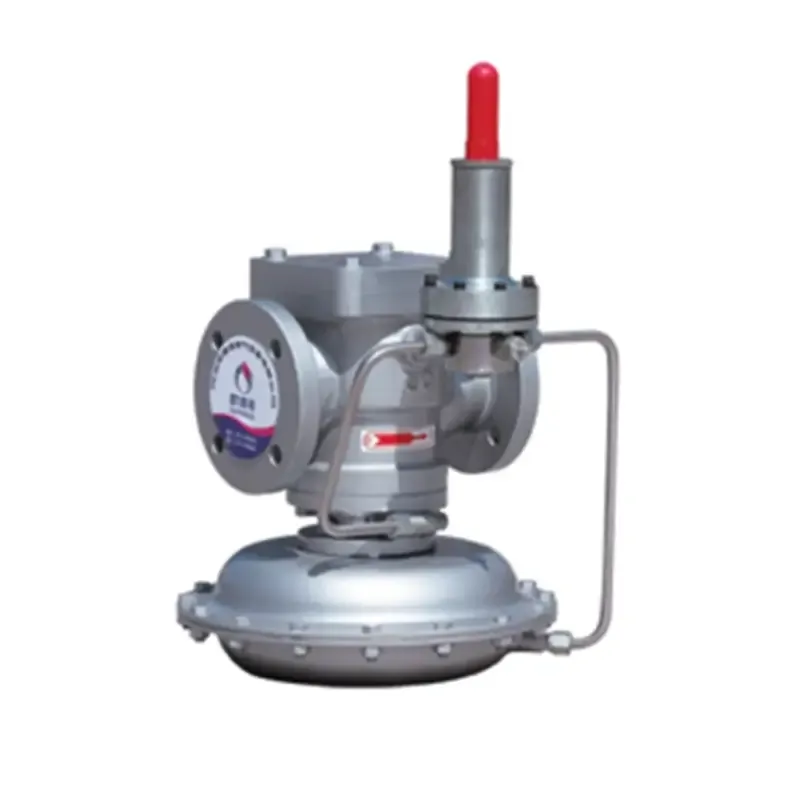
Nov . 25, 2024 03:36
Back to list
Natural Gas Pressure Regulation Facility Design and Functionality Overview
Natural Gas Pressure Reducing Stations Key Components and Importance
Natural gas is a crucial energy resource, powering homes, industries, and vehicles globally. However, natural gas is often supplied at high pressures that are unsuitable for end-users. This is where natural gas pressure reducing stations (PRMs) come into play, ensuring the safe and efficient delivery of gas to consumers at lower, manageable pressures.
What is a Pressure Reducing Station?
A natural gas pressure reducing station is a facility designed to lower the pressure of natural gas from a high-pressure transmission pipeline to a lower pressure distribution system. The station utilizes various components to meet safety regulations, maintain gas quality, and ensure reliability in the gas supply.
Key Components of a Pressure Reducing Station
1. Pressure Regulators The heart of any PRM is its pressure regulators. These devices control the pressure of the gas entering the distribution system. By automatically adjusting the flow of gas based on upstream pressure, regulators ensure that downstream users receive a consistent and safe pressure level.
2. Safety Devices Safety is paramount in any gas distribution system. PRMs are equipped with relief valves, which act as fail-safes. If gas pressure exceeds a predetermined level, these valves open to release excess pressure, preventing potential explosions or system failures.
4. Flow Meters Flow measurement is crucial for monitoring the amount of gas being distributed. These meters provide real-time data that operators can use to assess the flow rates and ensure that supply meets demand.
natural gas pressure reducing station

5. SCADA Systems Supervisory Control and Data Acquisition (SCADA) systems enable remote monitoring and control of PRMs. Operators can manage multiple stations, troubleshoot issues, and optimize operations using data collected in real time.
The Importance of Pressure Reducing Stations
Pressure reducing stations play a vital role in natural gas distribution for several reasons
- Safety By moderating high-pressure gas, PRMs minimize the risk of accidents and ensure the safety of both the public and the infrastructure.
- Efficiency Proper pressure regulation improves the efficiency of natural gas usage. End-users benefit from reliable service, reducing downtime and operational costs.
- Quality of Service Consumers expect a consistent supply of natural gas. PRMs enhance the reliability of service by managing fluctuations in pipeline pressure, contributing to overall customer satisfaction.
- Support for Growth As demand for natural gas increases, PRMs facilitate the expansion of distribution networks, allowing more consumers to access this vital energy source.
Conclusion
Natural gas pressure reducing stations are a critical component of the energy infrastructure. They ensure the safe, efficient, and reliable delivery of natural gas to consumers, supporting the growing demand for this clean energy resource. Understanding their function and importance is essential as we move towards a more dependent future on natural gas for energy needs. Ensuring that these stations are well-maintained and properly managed will contribute to the overall safety and efficacy of natural gas distribution systems worldwide.
Latest news
-
Safety Valve Spring-Loaded Design Overpressure ProtectionNewsJul.25,2025
-
Precision Voltage Regulator AC5 Accuracy Grade PerformanceNewsJul.25,2025
-
Natural Gas Pressure Regulating Skid Industrial Pipeline ApplicationsNewsJul.25,2025
-
Natural Gas Filter Stainless Steel Mesh Element DesignNewsJul.25,2025
-
Gas Pressure Regulator Valve Direct-Acting Spring-Loaded DesignNewsJul.25,2025
-
Decompression Equipment Multi-Stage Heat Exchange System DesignNewsJul.25,2025

